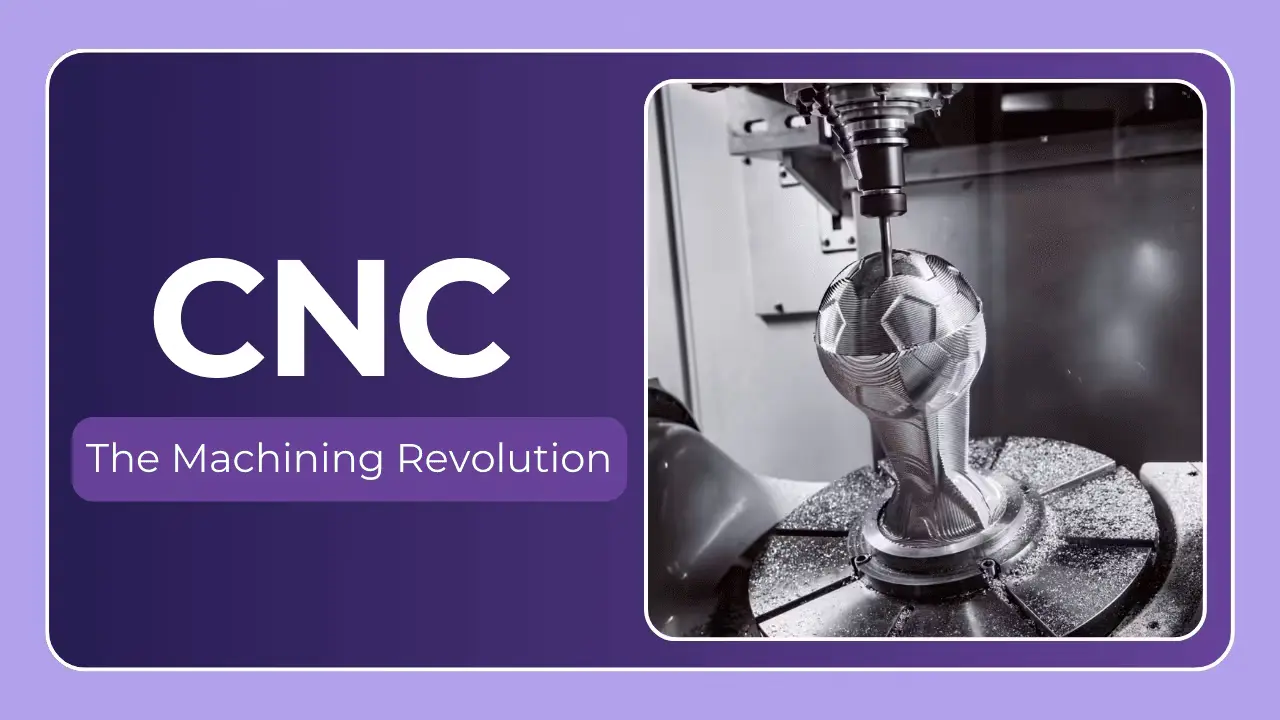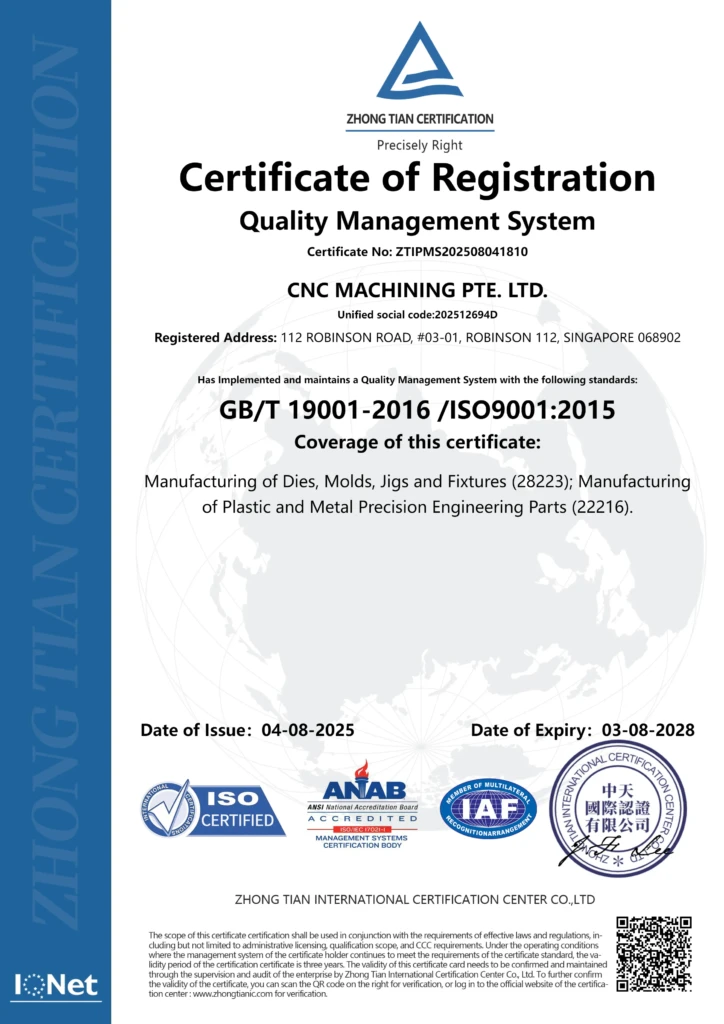Navigating the World of High Volume CNC Machining: A Comprehensive Guide
In today’s fast-paced manufacturing landscape, the demand for precision-engineered parts, delivered quickly and consistently, is higher than ever. While prototyping and low-volume production have their place, many businesses eventually scale to require high volume CNC machining. This isn’t simply about running the same program repeatedly; it’s a complex process demanding careful planning, optimized tooling, and a deep understanding of manufacturing principles. This guide will delve into the intricacies of high-volume CNC machining, covering everything from design considerations to material selection, process optimization, and quality control. We’ll also touch upon when to consider outsourcing to a specialist like CNC MACHINING PTE. LTD, a Singapore-based five-axis CNC machining manufacturer.
What Defines High Volume CNC Machining?
Before diving in, let’s define “high volume.” It’s not a fixed number, but generally refers to production runs exceeding several hundred to thousands of parts. The threshold depends heavily on part complexity, machining time per part, and the overall project scope. High volume machining isn’t just about quantity; it’s about achieving economies of scale – reducing the per-part cost through efficient processes and optimized setups.
Design for Manufacturability (DFM): The Foundation of Success
The most significant impact on the cost and efficiency of high-volume CNC machining happens before the first chip is even cut. Design for Manufacturability (DFM) is crucial. Here’s what to consider:
- Minimize Complexity: While advanced CNC machines (like the five-axis capabilities offered by CNC MACHINING PTE. LTD) can handle complex geometries, simpler designs are inherently faster and cheaper to produce. Reduce unnecessary features and tight tolerances where possible.
- Standard Tooling: Design parts that can be machined with readily available, standard tooling. Special tooling is expensive and increases lead times.
- Material Considerations: Choose materials that are easily machinable and suitable for the application. Exotic alloys can significantly increase machining costs. (More on materials later).
- Feature Placement: Strategically position features to minimize tool changes and maximize machining efficiency. Consider common machining operations like drilling, milling, and threading.
- Wall Thickness: Maintain consistent wall thicknesses to avoid issues with material removal and potential warping.
- Draft Angles: Incorporate draft angles on features to facilitate easy part removal from fixtures.
Material Selection: Balancing Performance and Cost
The choice of material is paramount. Here’s a breakdown of common materials used in high-volume CNC machining, along with considerations:
| Material | Pros | Cons | Typical Applications | Machinability Rating (1-10, 10=Easiest) |
|---|---|---|---|---|
| Aluminum (6061-T6) | Lightweight, strong, corrosion-resistant, excellent machinability | Lower strength than steel | Aerospace components, automotive parts, housings | 8 |
| Stainless Steel (304/316) | Corrosion-resistant, durable, hygienic | More difficult to machine than aluminum | Medical devices, food processing equipment, marine applications | 5 |
| Steel (1018) | High strength, readily available, cost-effective | Prone to corrosion, can be challenging to machine | Gears, shafts, structural components | 4 |
| Brass (C36000) | Excellent machinability, corrosion-resistant, good electrical conductivity | Lower strength than steel | Plumbing fittings, electrical connectors, decorative parts | 9 |
| Titanium (Grade 5) | Exceptional strength-to-weight ratio, corrosion-resistant | Very difficult to machine, expensive | Aerospace, medical implants, high-performance applications | 2 |
| Plastics (Delrin, Acrylic, Nylon) | Lightweight, versatile, good chemical resistance | Lower strength and temperature resistance | Housings, gears, prototypes | 7-9 (depending on plastic) |
Machinability ratings are approximate and can vary based on alloy and specific machining parameters.
Process Optimization: Maximizing Efficiency
Once the design and material are finalized, optimizing the machining process is critical. This involves:
- Toolpath Optimization: Using CAM software to generate efficient toolpaths that minimize travel time, reduce tool wear, and optimize material removal rates. Strategies like trochoidal milling and high-speed machining are essential.
- Fixture Design: Robust and accurate fixturing is vital for consistent part quality and rapid loading/unloading. Consider using dedicated fixtures for high-volume runs. Vacuum fixtures and pallet systems can significantly reduce cycle times.
- Cutting Parameters: Optimizing cutting speed, feed rate, depth of cut, and coolant usage for the specific material and tooling. This requires experimentation and careful monitoring.
- Tool Selection: Choosing the right tools for the job – end mills, drills, inserts, etc. – based on material, geometry, and desired surface finish. High-performance coatings can extend tool life.
- Cycle Time Reduction: Analyzing each step of the machining process to identify bottlenecks and opportunities for improvement. This might involve re-ordering operations, optimizing tool changes, or implementing automated loading/unloading systems.
- Lights-Out Manufacturing: For truly high-volume production, consider automating the entire process to enable “lights-out” manufacturing – running the machines unattended overnight or during weekends.
Quality Control: Ensuring Consistency and Accuracy
High volume doesn’t mean sacrificing quality. Robust quality control procedures are essential:
- First Article Inspection (FAI): Thoroughly inspect the first few parts produced to verify that they meet all specifications.
- In-Process Inspection: Regularly inspect parts during the machining process to identify and correct any deviations.
- Statistical Process Control (SPC): Using statistical methods to monitor key process parameters and identify trends that could lead to quality issues.
- Coordinate Measuring Machines (CMMs): Employing CMMs to accurately measure part dimensions and ensure they meet tolerances.
- Automated Vision Systems: Utilizing vision systems for rapid and automated inspection of critical features.
The Role of Five-Axis Machining
Five-axis CNC machining, as offered by CNC MACHINING PTE. LTD, unlocks capabilities crucial for complex high-volume parts. It allows for:
- Undercut Machining: Accessing features that are impossible to reach with traditional three-axis machining.
- Complex Geometries: Producing intricate shapes with high precision.
- Reduced Setup Times: Machining multiple sides of a part in a single setup, minimizing handling and improving accuracy.
- Improved Surface Finish: Optimizing tool orientation for smoother surface finishes.
Outsourcing vs. In-House: Making the Right Decision
Deciding whether to handle high-volume CNC machining in-house or outsource to a specialist is a critical decision. Consider these factors:
- Capital Investment: High-volume machining requires significant investment in CNC machines, tooling, fixtures, and inspection equipment.
- Expertise: Operating and maintaining advanced CNC machines requires skilled machinists and engineers.
- Capacity: Do you have the capacity to handle the production volume without disrupting other operations?
- Cost: Compare the cost of in-house machining (including all associated expenses) to the cost of outsourcing.
CNC MACHINING PTE. LTD offers a compelling outsourcing solution. Their advanced five-axis CNC machining capabilities, combined with their expertise in materials and process optimization, can deliver high-quality parts quickly and cost-effectively. They also provide one-stop post-processing and finishing services, streamlining the entire manufacturing process.
Conclusion: A Strategic Approach to High Volume Success
High-volume CNC machining is a powerful manufacturing process, but it demands a strategic approach. By prioritizing DFM, carefully selecting materials, optimizing processes, and implementing robust quality control procedures, businesses can achieve significant cost savings and deliver high-quality parts consistently. Whether you choose to handle production in-house or partner with a specialist like CNC MACHINING PTE. LTD, a thorough understanding of these principles is essential for success. Don’t hesitate to explore the benefits of outsourcing to leverage cutting-edge technology and expertise, especially when dealing with complex geometries or demanding material requirements. Ultimately, a well-planned and executed high-volume CNC machining strategy can be a key differentiator in today’s competitive market.




